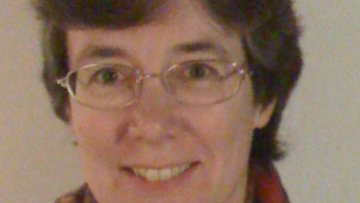Talking to your audience
Abstract
How might you prepare talks for different audiences (specialised seminar, colloquium-style talk, talk to a non-mathematical audience, job interview)? Join us for advice on this, and on how to connect with your audience and get them to feel involved.



